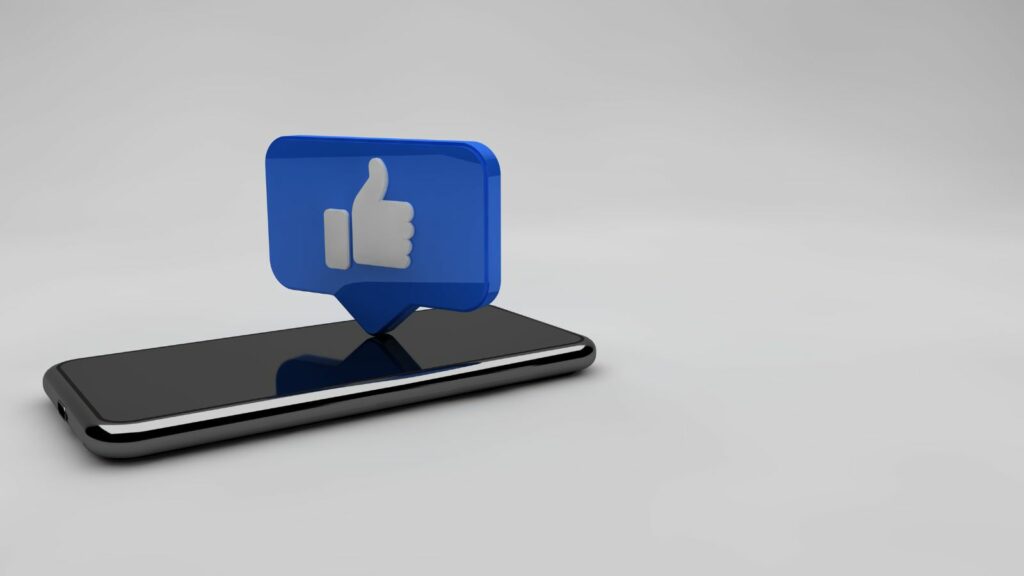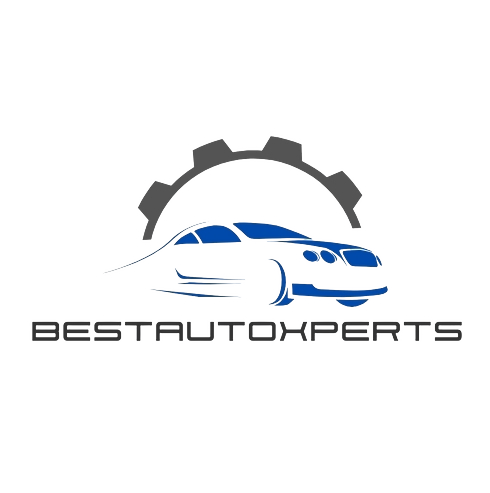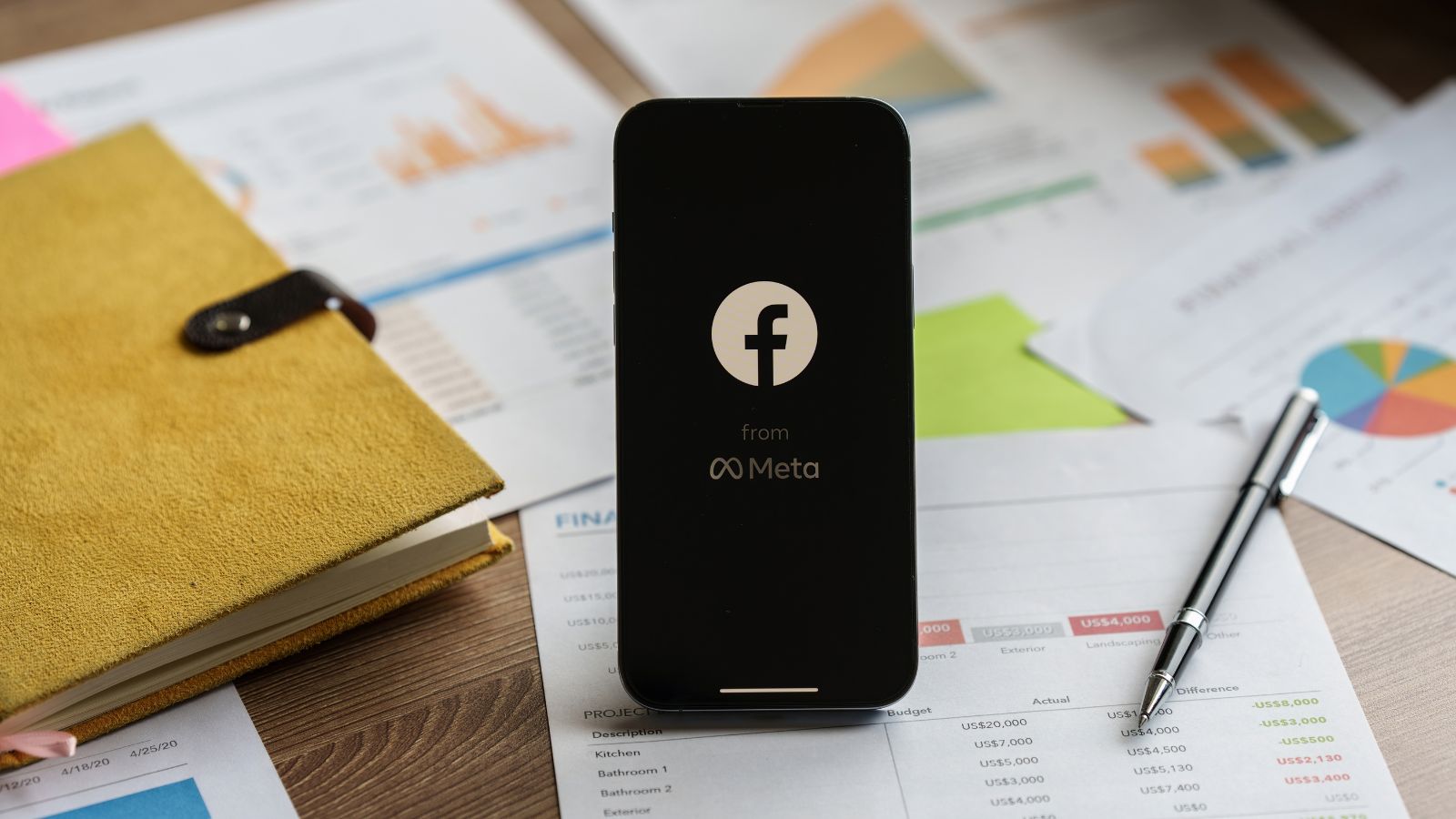If you’ve ever stared at your Ads Manager dashboard with tired eyes and a sinking heart, wondering why your latest campaign just isn’t hitting the mark trust me, you’re not alone. Facebook ads optimization in 2025 isn’t just about metrics and machines. It’s about understanding human behavior, being patient with the process, and knowing when to pivot. Behind every ad you create is a hope: to connect, to convert, to grow. And that deserves clarity not chaos.
Let’s make this simple, honest, and powerful: Here’s how you can actually optimize your Facebook (Meta) ads in 2025 and make every dollar you spend feel like it was worth it.
What Does Facebook Ads Optimization Really Mean?
Let’s cut through the buzzwords.
Facebook ads optimization is the continuous process of improving your ad campaigns so they perform better higher click-through rates, better engagement, lower cost per result, and ultimately, more conversions.
But it’s not about changing something every day. It’s about knowing what to change, when to change it, and why it matters. Optimization is as much a mindset as it is a strategy. You’re not just running ads. You’re building a bridge between your brand and a real person on the other end of a screen.
Why 2025 Is A Different Playing Field For Meta Ads
A lot has changed since last year:
- Meta’s AI targeting has become smarter, but less transparent
- Conversion APIs are the new pixel — and not everyone’s keeping up
- CPMs have risen across competitive industries
- Reels and Stories dominate user attention
- Creative fatigue happens faster than ever
If you’re still optimizing like it’s 2020, you’re leaving money on the table.

Step-By-Step: How To Optimize Facebook Ads In 2025
1. Start With Your Objective (And Mean It)
This seems obvious, but many campaigns still fail because the objective isn’t aligned with the desired outcome.
- If you want purchases, don’t run a traffic campaign
- If you want leads, don’t expect engagement to convert them
- If you want brand awareness, don’t obsess over CTR
Facebook’s delivery algorithm is smarter than ever. Choose the right objective, and it will do the heavy lifting. Choose the wrong one, and no amount of tweaking will save you.
2. Know Your Audience Then Let Facebook Expand It
In 2025, detailed targeting is still relevant but Advantage+ targeting and broad audiences are performing better in many cases.
Try this:
- Start with a broad audience (especially for conversion goals)
- Layer in custom audiences (like past visitors or email lists)
- Let Meta’s machine learning find patterns
Remember: Meta now optimizes based on conversion signals, not just interests. Sometimes giving it room to learn yields better long-term results.
3. Use The Conversion API (CAPI) It’s Not Optional Anymore
If you haven’t set up the Conversions API yet, stop everything and do it.
Here’s why:
- The Facebook pixel alone is losing accuracy
- iOS tracking limitations are here to stay
- CAPI restores the visibility you’ve lost
CAPI = Better attribution = Better optimization
If you’re guessing where your conversions are coming from, you’re not optimizing. You’re gambling.
4. Simplify Your Campaign Structure
Ad fatigue and learning phase resets are the enemy.
To win in 2025:
- Minimize ad sets (1–2 per campaign is often enough)
- Group similar audiences to avoid overlap
- Use Advantage Campaign Budget+ (CBO) to let Meta optimize spend
This isn’t about doing less. It’s about doing better with less clutter.
5. Creative Is King But So Is Variety
In 2025, users swipe fast. If your creative doesn’t hook in 2 seconds, it’s over.
Optimize creatives by:
- Using short-form videos (under 15 seconds for Reels/Stories)
- Adding subtitles (most people watch on mute)
- Leading with movement or emotion (not logos)
Creative fatigue happens faster than ever. Refresh your ads every 10–14 days — even small tweaks can reboot performance.
Pro tip: Let your customers speak. UGC-style testimonials often outperform polished ads.
6. Optimize For The Funnel, Not Just The Click
Clicks are great — but what happens after?
- Is your landing page fast?
- Is the message consistent with the ad?
- Are you tracking full-funnel conversions (from view to sale)?
Use Facebook’s custom conversions and event prioritization to optimize what matters.
Optimization doesn’t stop at the ad. It lives in the experience.
7. Let the Algorithm Learn — Then Take Action
One of the hardest parts of Facebook ads optimization is knowing when not to touch things.
Here’s a simple rule:
- Wait 3–5 days before making changes (unless spend is tanking)
- Let the campaign exit the Learning Phase before evaluating performance
- Don’t kill a campaign based on 24-hour data — patterns take time
Facebook needs data to optimize. Be patient. Then be precise.
8. Use Automated Rules To Save Your Sanity
You don’t have to monitor campaigns 24/7. Set up automated rules to:
- Pause ads with high CPC
- Increase budget on high ROAS campaigns
- Send alerts when frequency gets too high
This keeps your campaigns safe while you sleep — or finally take that lunch break you’ve been skipping.
Common Mistakes That Kill Facebook Ad Performance
Let’s get honest. Even smart marketers make these:
- Changing ads too frequently (resets learning phase)
- Too many overlapping audiences (leads to auction inefficiency)
- Ignoring mobile optimization (95%+ traffic is mobile)
- Setting budgets too low for learning (at least 50 conversions/week recommended)
- Relying only on vanity metrics (likes don’t pay the bills)
Avoiding these five alone can drastically improve your results.

A Real Example: How Jamal Turned A $700 Campaign Into $6,400
Jamal runs an eCommerce store selling handmade leather goods. His campaigns were bleeding money — high CPC, no sales. He felt like giving up.
Then he restructured his approach using the tips above:
- Switched to Conversion campaign with Purchase event
- Installed CAPI for better tracking
- Used broad targeting with Advantage+
- Focused on short-form video ads with real customer footage
- Gave his ads 7 full days before optimizing
Result?
- CPC dropped by 32%
- ROAS went from 0.9 to 4.6
- He made $6,400 in revenue from a $700 ad spend
His biggest lesson?
“Optimization isn’t magic. It’s learning to stop guessing and start listening — to the data, to the platform, and to your customers.”
Final Thoughts: Optimization Is A Relationship
If there’s one takeaway from all this, let it be this:
Facebook ads optimization isn’t a one-time fix. It’s a relationship. A back-and-forth between you and the platform. Between your message and your market. Between your goals and your growth.
And just like any relationship, it takes attention, patience, and willingness to change.
But when it clicks — when your message lands in the right feed, at the right time, for the right person — it’s pure magic. And worth every effort.

